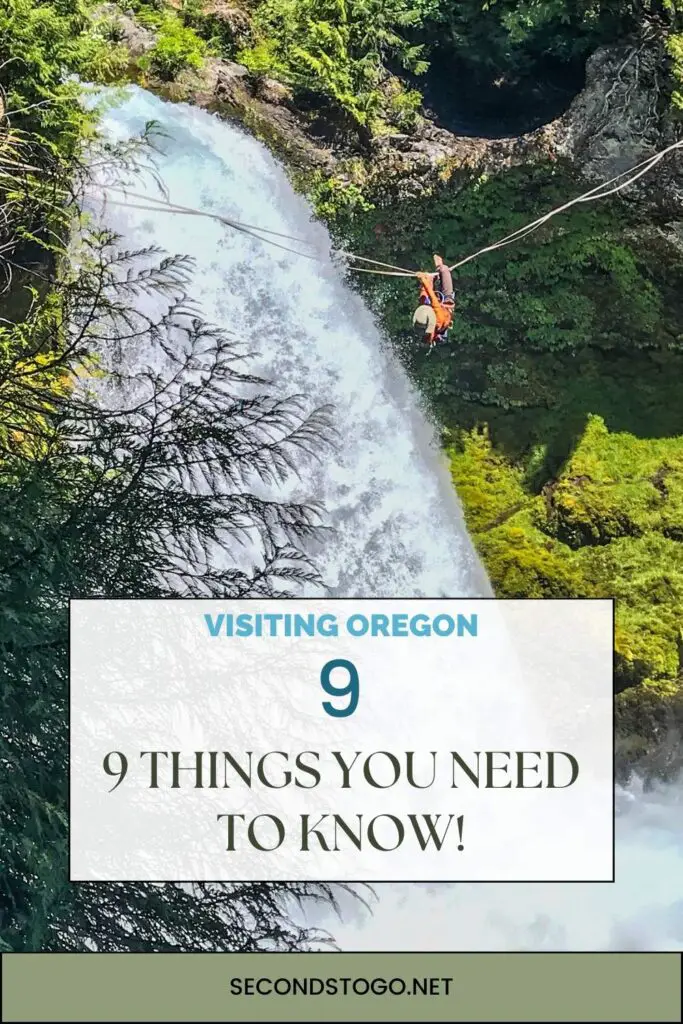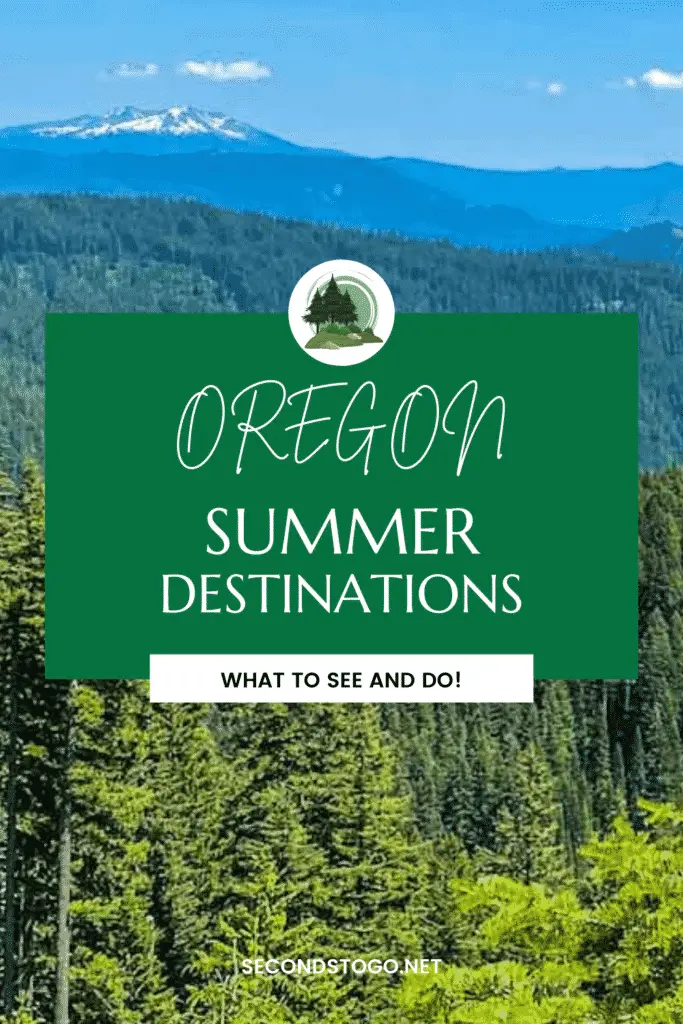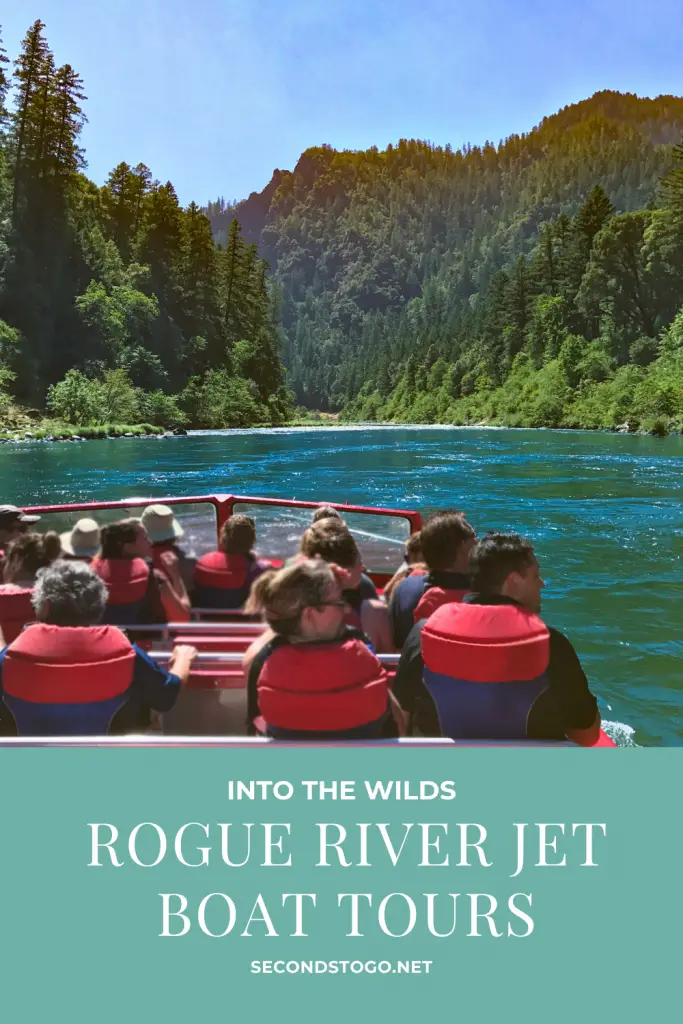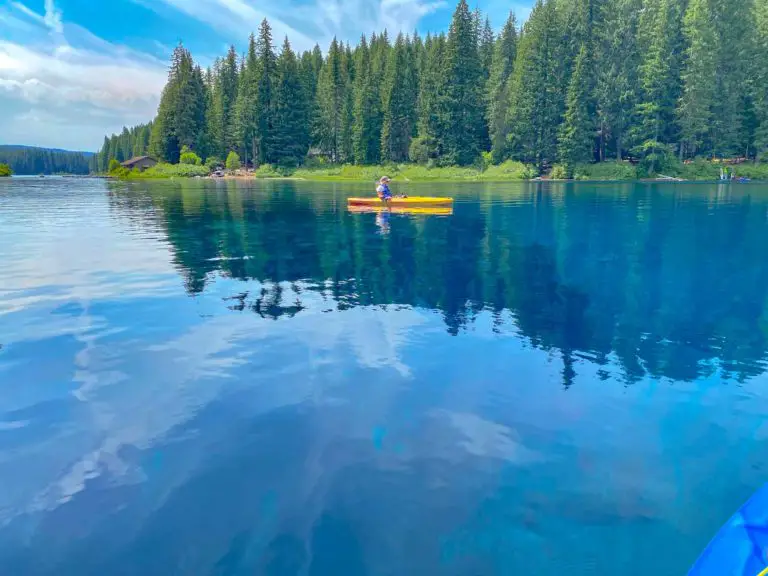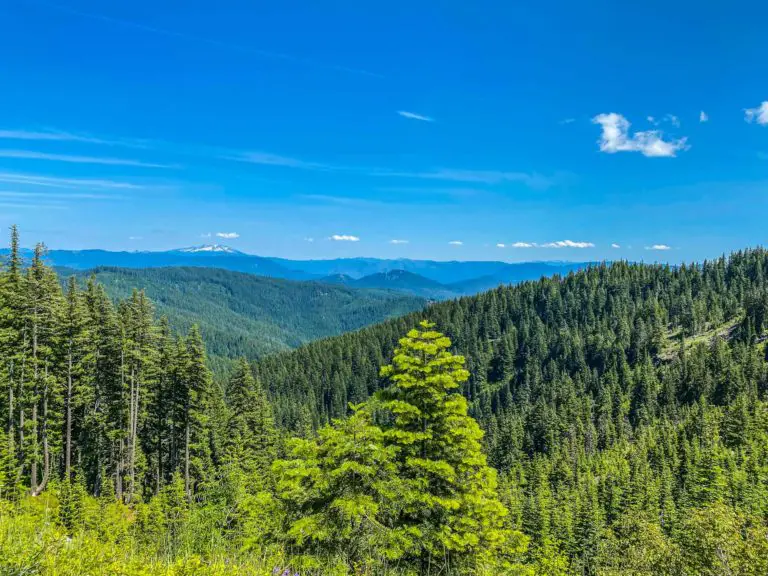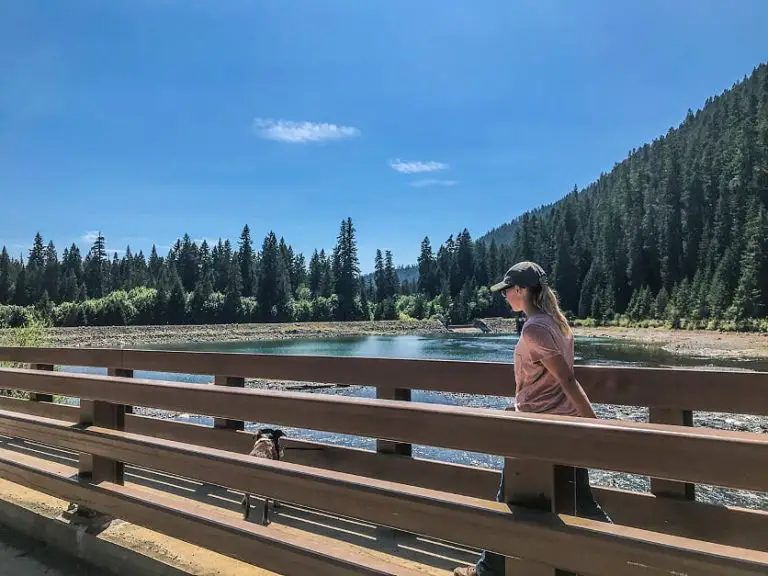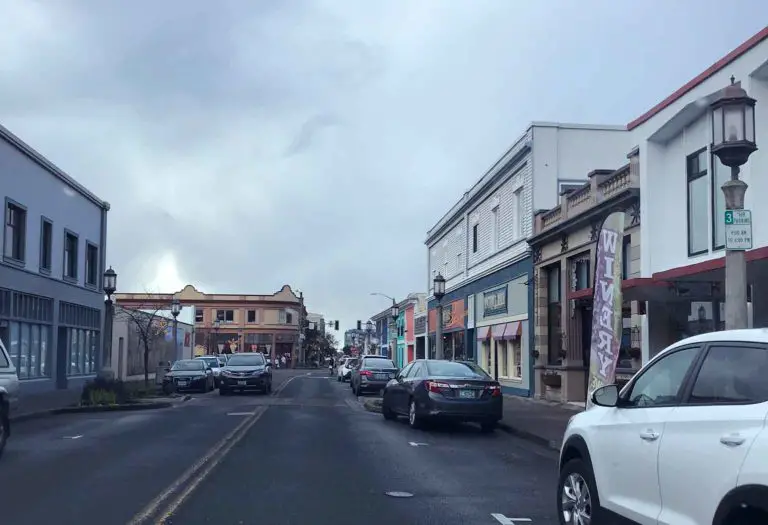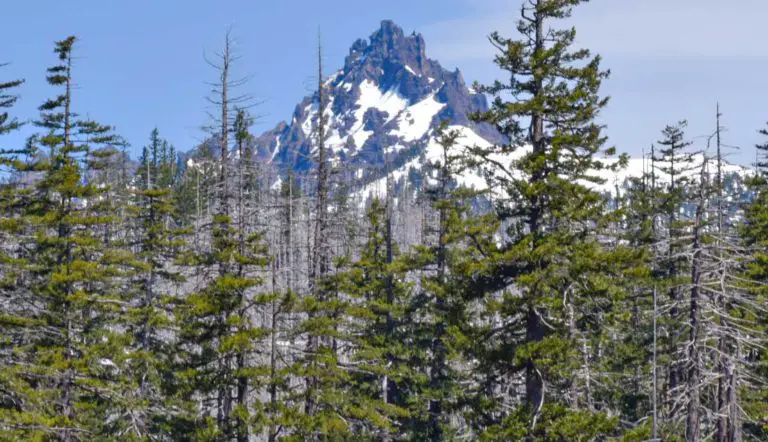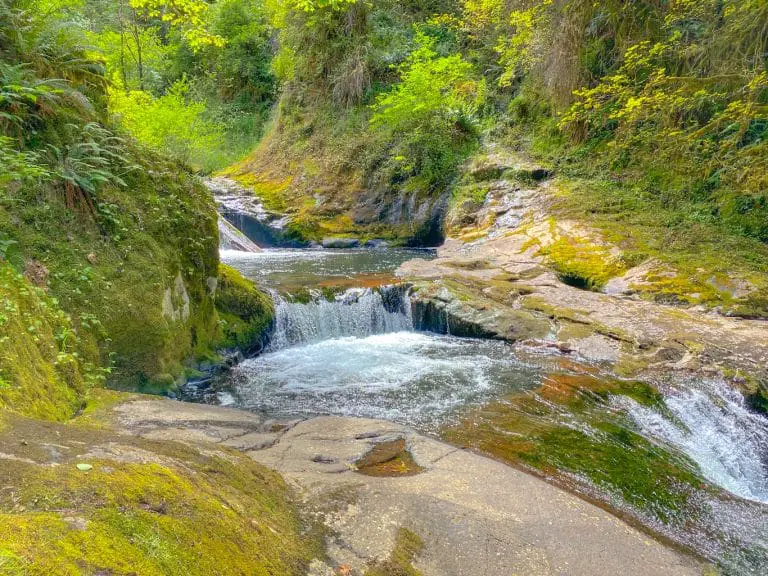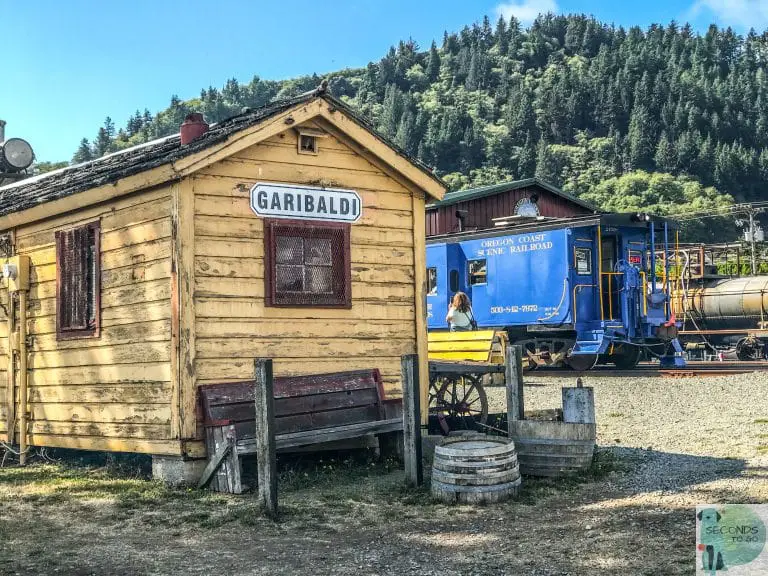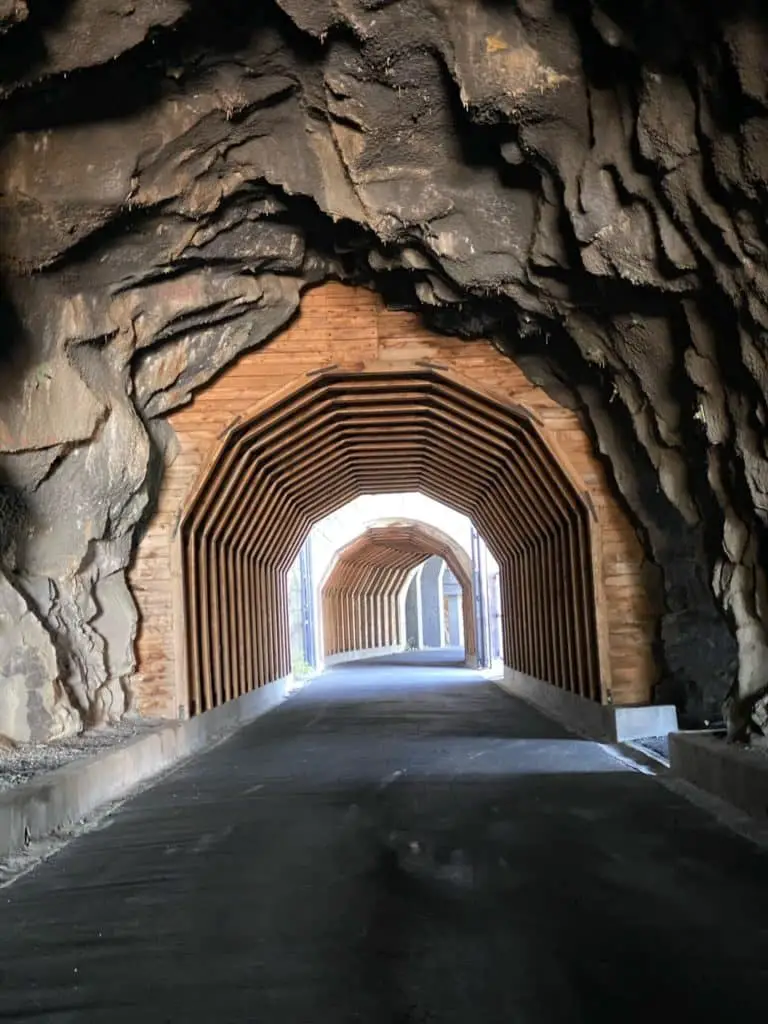When planning a trip to Oregon, what you see online may not be what you get. Endless natural beauty, hikes through many unique geological areas, great food, and much more make Oregon an ideal place to visit. But like most things, most Oregon trip planners may not be depicting the full reality. Learn the must-know tips to ensure seamless travel.
Going to Oregon? You’ve Lots of Roads to Travel
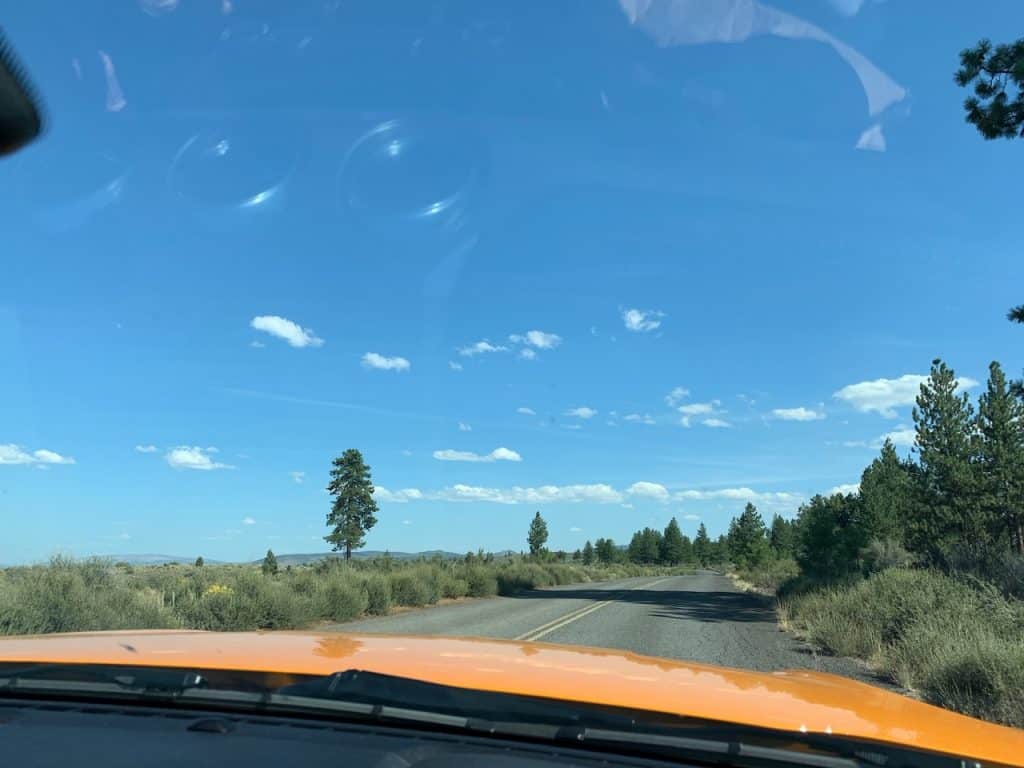
When planning a trip to Oregon and looking through Oregon trip planners, you’ll see people laughing and enjoying the Oregon beauty as if they traveled to and experienced all of these places in a single day. But in Oregon, that is not always the case.
While those who like the city life may find all they need right inside of Portland, those who enjoy the outdoors may need to hit the open road. Remember that Oregon has 98,466 square miles of sprawling terrain, including mountains, trees, lakes, rivers, and valleys, so getting to places is not always a walk in the park. During our many adventures across the state, we often find ourselves driving a few hours or more to most destinations.
Take the Painted Hills for example, after a long drive to Mitchell Oregon, you’ll need to travel miles down a dirt road before finding the unbeatable views. Just because a drive is long, however, doesn’t mean the destination is not worth it.
In Oregon, Everyone Hikes (and We Mean Everyone)
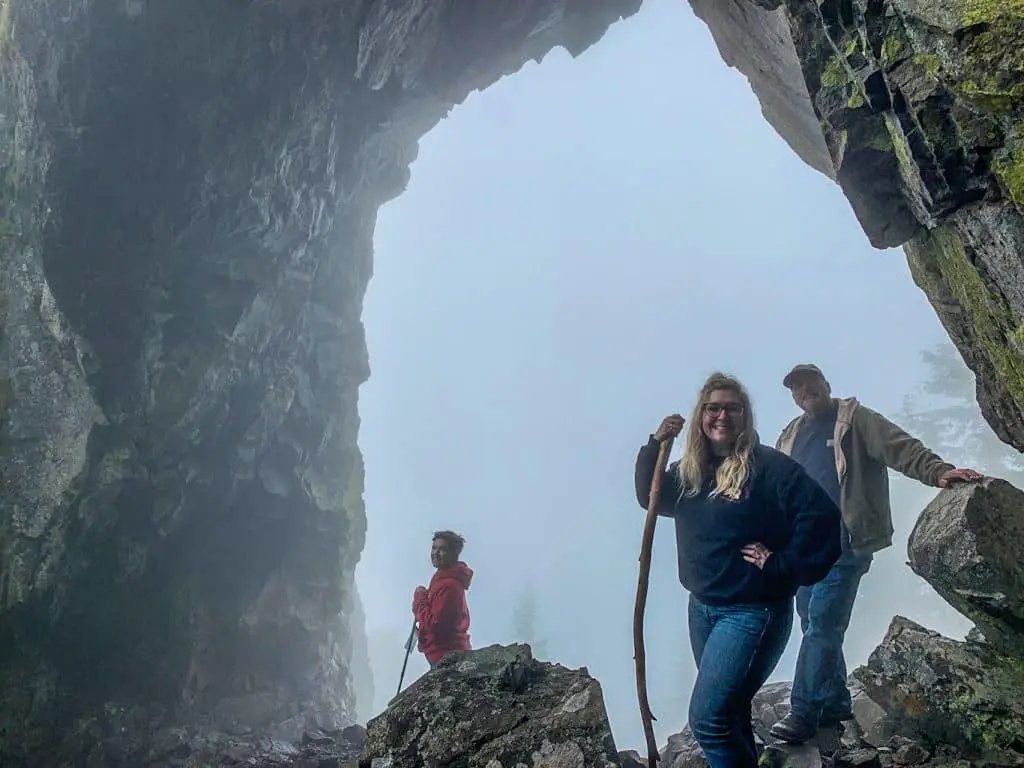
When planning your trip to Oregon, you’re likely to come across some of Oregon’s classic hiking destinations, such as Multnomah Falls, Drift Creek Falls, and Crater Lake. When looking at pictures, you may get the impression that you’ll be alone in the wilderness while enjoying these adventures. Unfortunately, that may not be the case. The simple truth is, in Oregon, everyone hikes.
When visiting a state where almost all of the residents enjoy the outdoors, the more accessible hiking trails can become crowded, especially in the spring, summer and early fall, or on those rare sunny winter days.
When planning a trip to Oregon, we find it best to schedule our hikes during the week on high traffic trails. Its also a good idea to be willing to brave the rain or heat to get the trails to yourself.
Planning a Trip to Oregon: You’ll Find Lots of History
Oregon may not have become a state until 1859, but there is still plenty of history to be found. In fact, Oregon seems to have as many historical sights and museums as it does hiking trails – if you know where to look.
When visiting Oregon, you can learn about the state’s involvement in WW1 and WW2 at Fort Stevens or see the shipwreck of the Peter Iredale sticking out of the sand during a visit to the Oregon Coast.
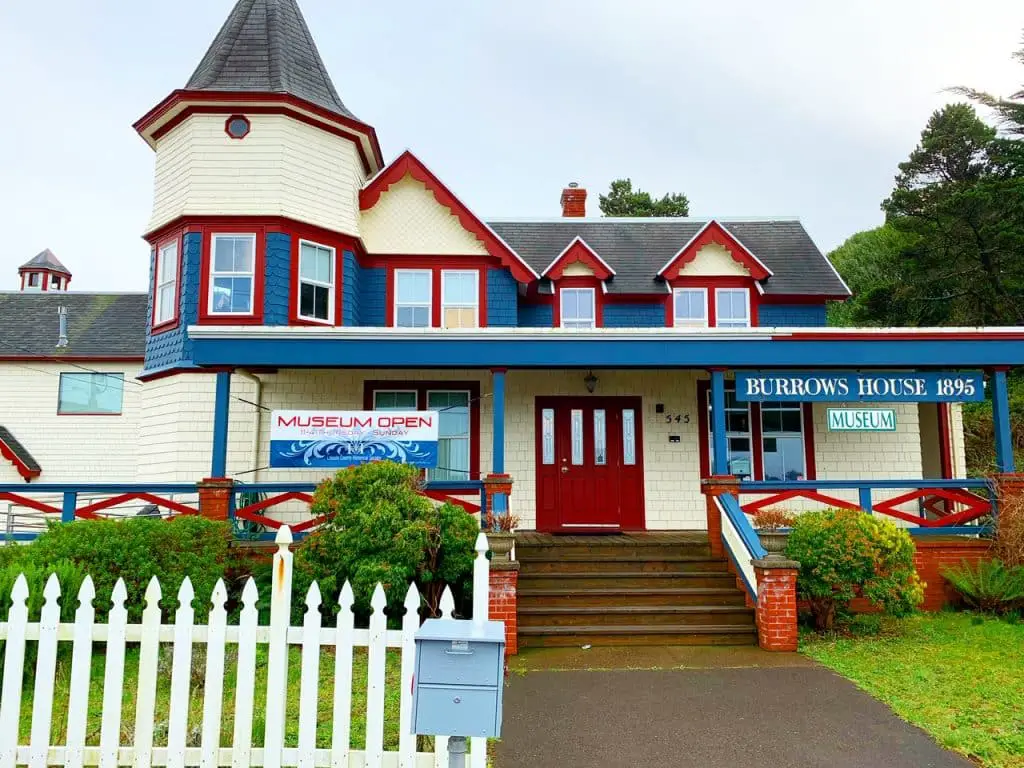
Oregon also boasts two famous air museums, one on the coast, and one in the valley. The McMinnville Air Museum is home to the unique and revolutionary Spruce Goose Airplane. For places to visit on the Oregon Coast, Tillmook Air Museum is located inside one of the few blimp hangars ever constructed for WW2.
With bragging rights to being a bit weird, it’s no surprise that Oregon also loves it’s quirky museums. Albany, Oregon has a carousel museum, where you can ride an entirely handmade carousel, and watch antique carousel animals being carved by talented volunteers. In Brownsville, there is an art museum made entirely of stone, and inside you can see one of a kind rock artwork and, you guessed it, more rocks.
Northern Oregon is also home to a portion of the Lewis and Clark National Historic Trail. The trail originates as far east as Pennsylvania and covers over 4,900 miles before terminating at the mouth of the Columbia River. In Oregon, you’ll find destinations along the trail such as Fort Clatsop, a recreation of the original winter fort built in Astoria. While in the area, you can also visit Astoria Column. The 125-foot edifice features murals of the Lewis and Clark expedition as well as other scenes from Oregon’s history.
Planning a Trip to Oregon’s Coast: Pretty to Look at, Cold to Swim in
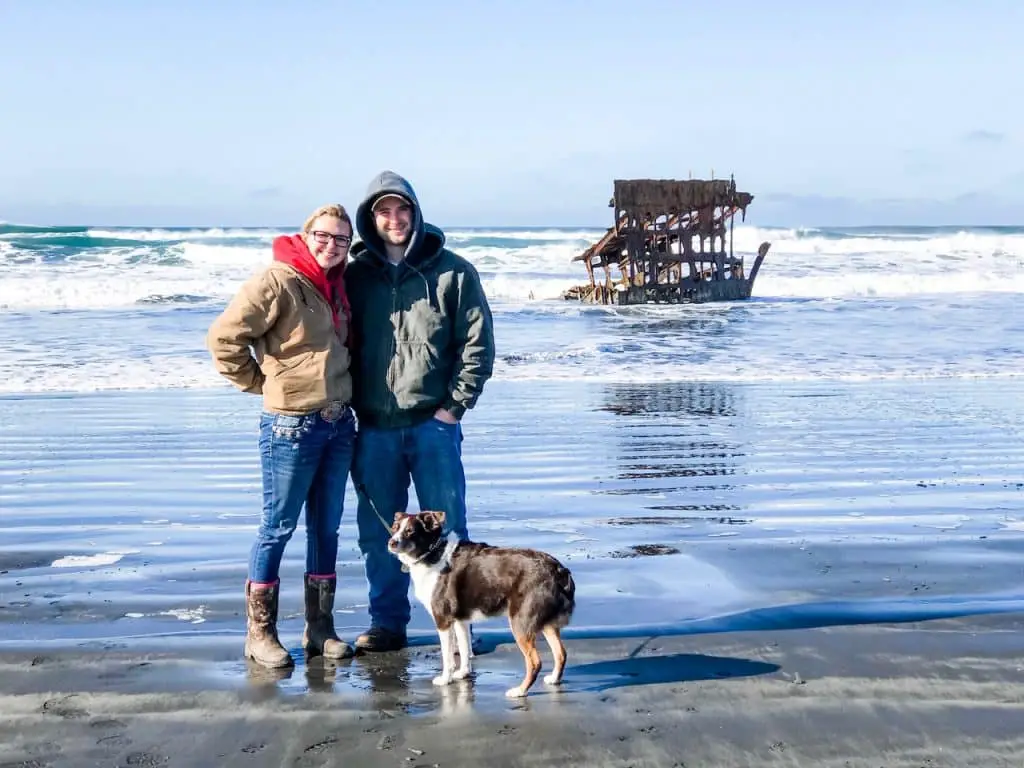
The waves that crash upon Oregon beaches are stunning, turbulent, and hauntingly enticing. While planning a trip to the Oregon coast, you may dream of dipping a toe into those wave or making a bigger adventure into the turbulent surf. Before you do, however, there is something you should know.
The simple fact of the matter is, most water along the Oregon Coast averages only a little over 50 degrees. On a hot day, you will see some brave souls, and small children enduring the cold water, but typically, the only creatures riding the waves are surfers in wet suits, and seals.
Our Exclusive Oregon-Inspired Merchandise Line Is Here – Get Your Garb Today!

The Vast Landscape: From Trees to Volcanoes
The Pacific Northwest is known for its expansive forests of new growth and old growth fir trees. Oregon certainly fits that stereotype, with even more to offer.
When visiting Oregon, you can walk barefoot on the beach and feel the ocean breeze, or drive a few hours and climb up a caldera surrounded by lava rock in many shapes and sizes. If climbing up isn’t your thing, you can dive beneath the surface to explore caves created by ancient lava tubes.
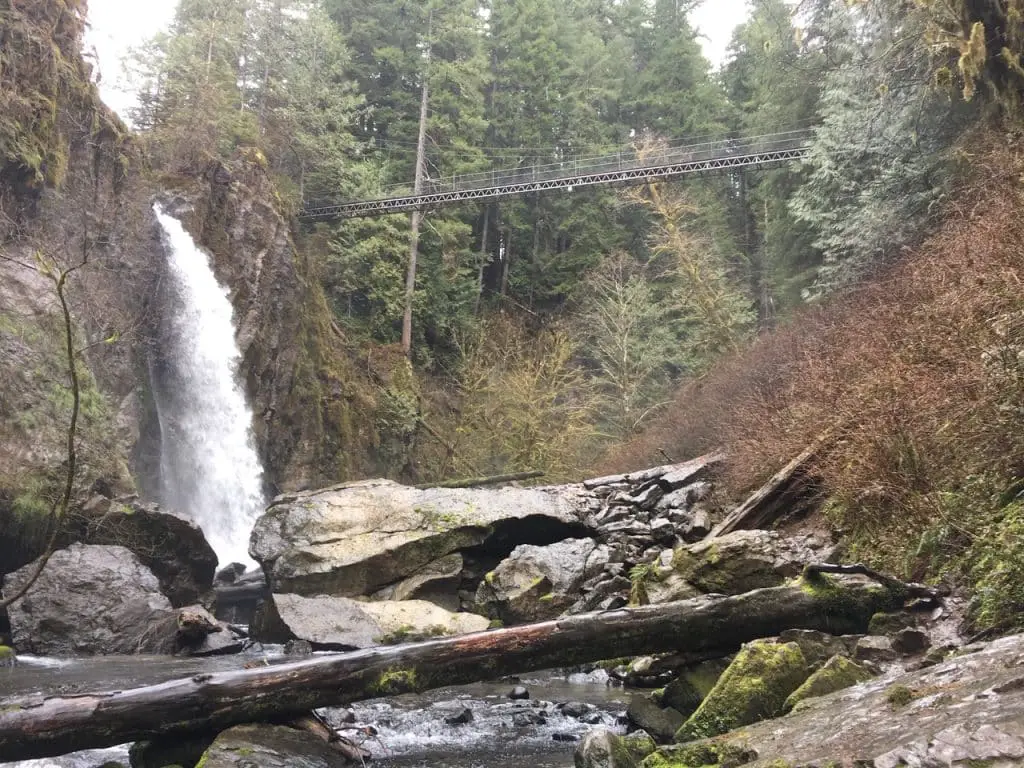
Oregon’s diverse landscape features all that, plus prairies, natural and manmade lakes and rivers that twist and turn through the trees before ending in waterfalls. A visit to Oregon could also take you inside a marble cave, swimming inside the blue water of an ancient collapsed volcano, or on a fast paced jet boat tour through canyon walls.
Oregon’s diverse landscapes cannot be counted or explained. An Oregon visit is a must just to experience them all inside the walls of one state.
If you are planning a trip to Oregon, be sure to check out our extensive Oregon trip planner and follow the links in this post to further explore the many wonderful adventures we’ve discovered in Oregon.
EXPLORE WITH US

